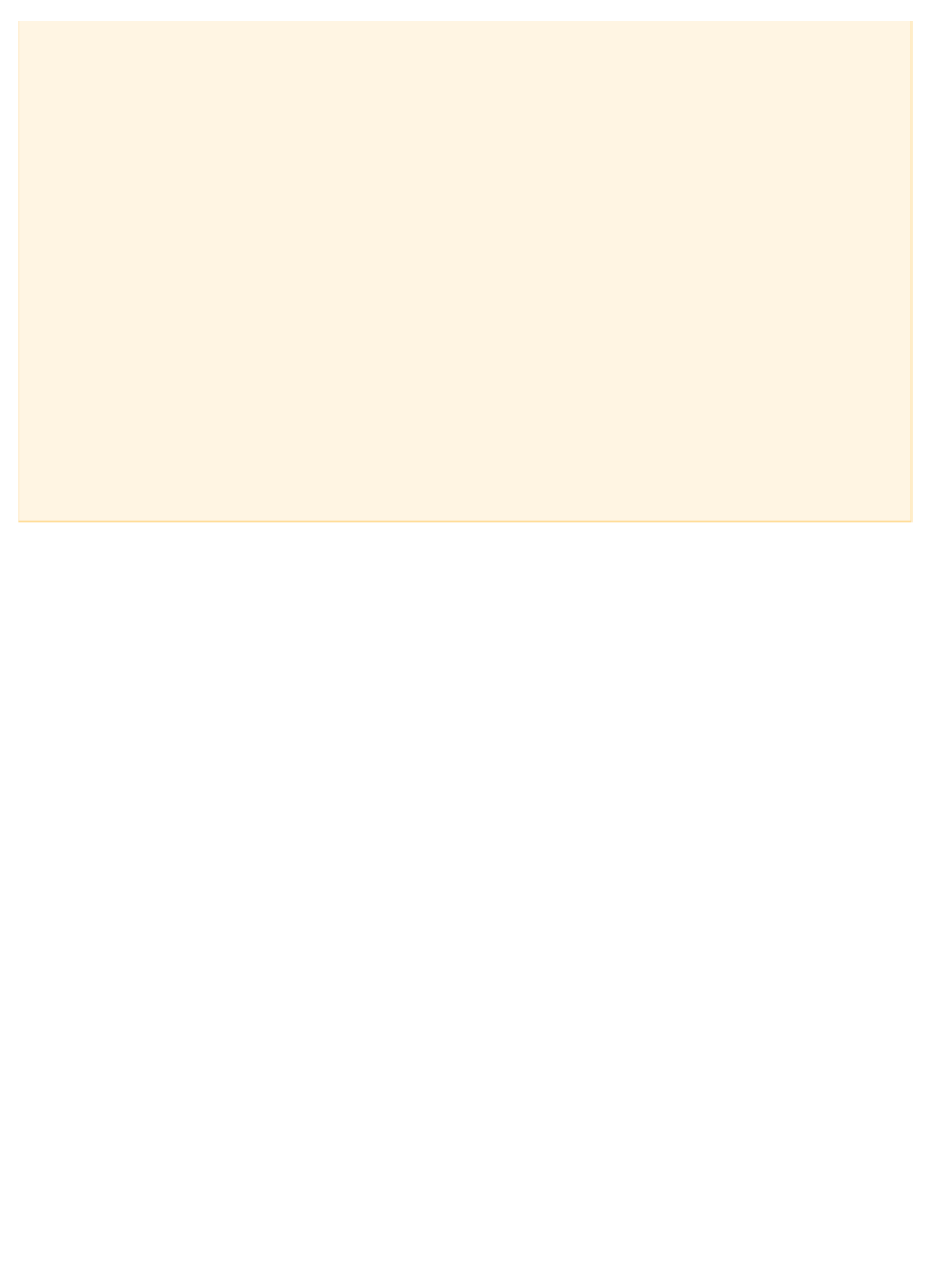Geoscience Reference
In-Depth Information
period (23-2.6 Ma). Continued Atlantic sea-floor spreading 'kicked back' the British crust against Europe, reactivating
major crustal weaknesses and triggering fault-block uplift, locally in excess of 1 km. The erosion this initiated stripped
off the Mesozoic cover, leaving tiny pockets of Jurassic rocks in south Wales, exhumed (re-exposed) much older
land surfaces, and primed Wales for extensive Quaternary glaciation.
The landform of Wales is essentially mountainous and upland by nature, representing surviving roots of the original
orogenic belts and terranes. There is a conspicuous structural grainof major faults, strongly folded and metamorphosed
regional fabrics and sedimentary basins, steered by lineaments inherited from the Neoproterozoic and intermittently
active to this day. The curving north-east-south-west sweep of Caledonian terrane structures of the Welsh basin
contrasts clearly with east-south-east-west-north-west Variscan terrane structures of the south Wales coalfield and
south coast.
(
Figure 10.22b
)
. Around eastern and south-eastern fringes, west-facing scarps of Silurian-Carboniferous
rocks in the Welsh borderland, coalfield and Brecon Beacons represent the surviving rims of younger rocks stripped
from the Cambrian core during the Cenozoic era (
Plate 10.8
).
Quaternary glaciers etched most of Wales, extending into south-west and central England from ice centres in north
Wales as part of major Pleistocene British ice sheets. Local alpine glaciers developed in individual mountain groups
during less severe cold periods. Most intense glacial erosion, giving rise to spectacular scenery in the Snowdonia
National Park (
Plate 10.9
),
occurred where resistant Ordovician volcanic rocks, exhumed batholiths and highly
metamorphosed slates and other marine sediments provide the highest topographic surfaces 1 km OD. (This can
be read in conjunction with the Snowdonia case study in
Chapter 23.)
Beyond the outcrops of igneous rocks, glaciation
made less of a mark, scouring large tracts of surviving erosion surfaces on the high Cambrian mountain plateaux of
mid-Wales (
Plate 10.10
)
and deepening south Wales valleys.
OD), Brecon Beacons, forming part of the Upper Palaeozoic
(Devonian) sandstone southern flank of the Welsh basin.
Photo: Ken Addison
Plate 10.9
Glacial cirques exposing Lower Palaeozoic
of Snowdon (1,085 m OD), forming the highest and most
dramatic landscapes of Wales and England.
Photo: Ken Addison
Plate 10.10
Upland plateau carved across Lower Palaeozoic
540 m OD), and ornamented by permafrost solifluction
terraces rather than glacigenic landforms.
Photo: Ken Addison














































